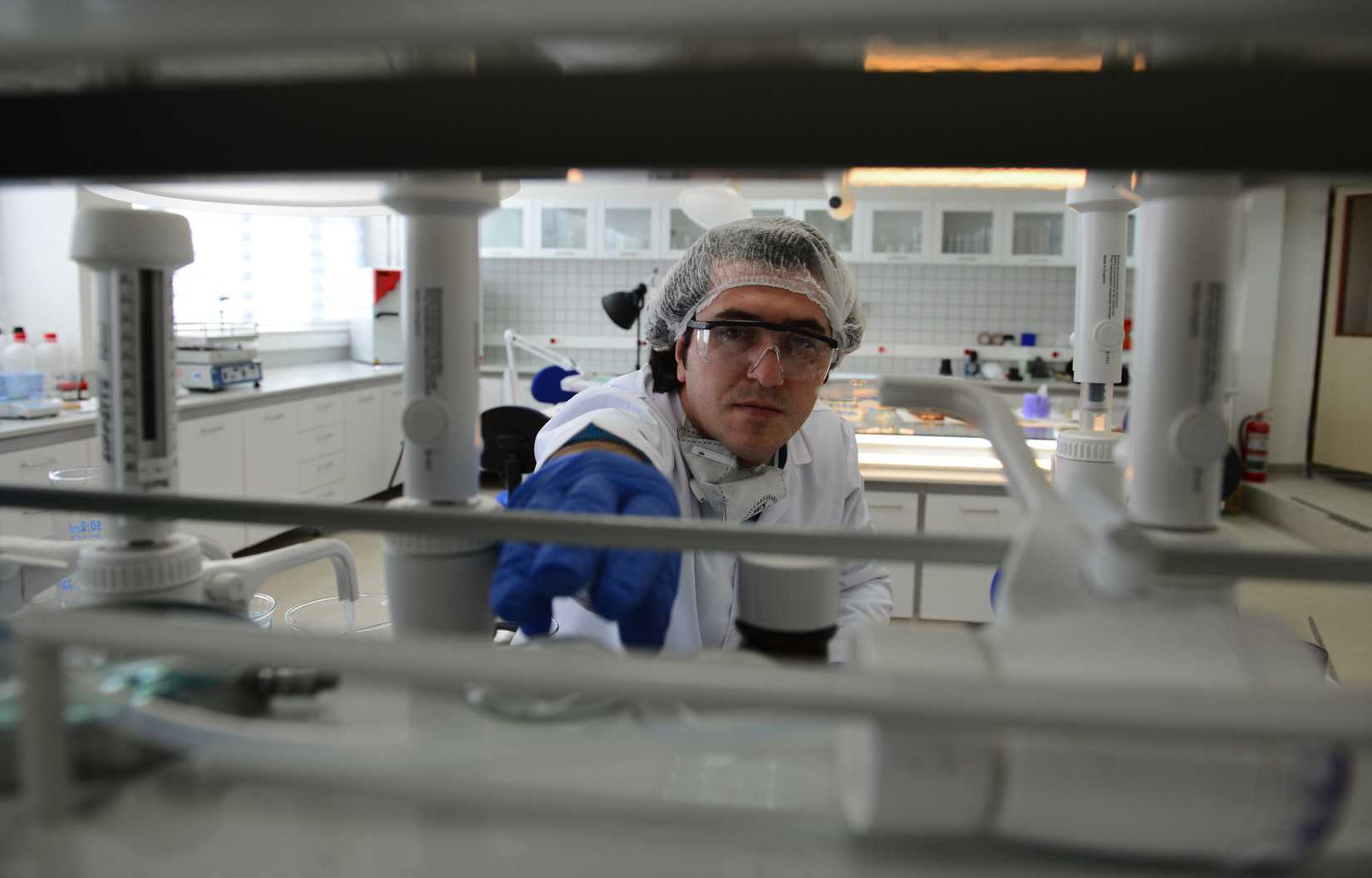
If the technology keeps making headway, CSI teams can expect an enormously powerful tool in the future: three-dimensional mug shots gleaned from a single strand of hair.
Researchers led by anthropologist Mark Shriver of Pennsylvania State University published a study in PLOS Genetics Thursday, outlining their attempts to understand how the genetic code shapes our facial appearance.
By creating 3D-models of 592 people of mixed European and West African ancestry, and comparing the subjects’ genomes, the scientists pinpointed 24 ‘single nucleotide polymorphisms’ (SNP) that were significantly associated with facial shape.
However, seemingly rudimentary characteristics like sizes are so far proving extremely challenging to predict.
“One thing we’re certain of: there’s no single gene that suddenly makes your nose big or small,” says Kun Tang, a biologist at the Shanghai Institutes for Biological Sciences in China.
Tang’s research team has however managed to find a gene that strongly predicts lip shape in Han Chinese women. As for crime scene investigations, though, it seems like the police will have to stick to good old, well-tested forensics methods for a little while yet.
[Nature]
More Must-Reads from TIME
- Inside Elon Musk’s War on Washington
- Meet the 2025 Women of the Year
- The Harsh Truth About Disability Inclusion
- Why Do More Young Adults Have Cancer?
- Colman Domingo Leads With Radical Love
- How to Get Better at Doing Things Alone
- Cecily Strong on Goober the Clown
- Column: The Rise of America’s Broligarchy
Contact us at letters@time.com